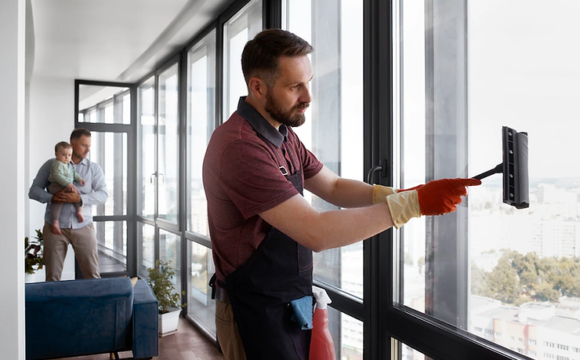A mobile-friendly website represents a site designed for easy viewing on smartphones and tablets. Nowadays, over half of all traffic on the internet comes from mobile websites, meaning that the web design should be adapted to smaller screens.
It’s more important than ever to make to make your site mobile friendly? But how do you do it? Find out below.
-
Use Accelerated Mobile Pages (AMP)
AMP is a new open-source initiative that allows you to create mobile-friendly pages. You can build your site with the necessary specifications or use pre-existing code on GitHub. If you’re not able to do either of these things for some reason, there are also AMP-ready themes that you can use.
AMP is a great way to make your site mobile-friendly because it optimizes for speed and simplicity. It also has a huge advantage over other methods of making a website mobile-friendly as it works on any device or platform.
-
Choose a Mobile Responsive Theme or Template for your site
Because having a mobile responsive design is important, it’s something that pretty much every top website builder has covered across each template.
If you’re building a site using a CMS system, such as WordPress, make sure the theme you choose to build your site is mobile responsive. Or, if you’ve already built a site, switch to one that is.
If your website was built using an old, non-responsive theme or template, and you’re unable to switch it, try finding a theme or template online that is responsive and has a look you need. That will override your existing design, which may have been non-responsive anyway.
-
Strip Back Your Content
If your site is not mobile responsive, the text of your articles may be breaking or changed to a small font that makes it difficult for people to read on their phones. Open each article and strip back the text, removing any content that can wait until they get to their computer.
Keep only the most important content on your page, as it may otherwise scare away users from clicking through to your website.
You could also remove any extra functions from the home page of your sites, such as Read More links and navigation menus. Those can all wait until a person is on a computer.
-
Eliminate Pop-Ups
Remove any popup boxes that feature ads or other content. Popups are highly annoying, not to mention that screens can be hard to read with all the extra text and images on top of them. Put popups in your site’s advertising space so they won’t appear unless clicked by a user.
-
Scale Everything Appropriately
When working on your web design, you’ll probably do it on a computer, and that includes the mobile format.
But when you’re working on a computer monitor, it can be easy to forget how much smaller that content will be when it appears on people’s phones.
Therefore, you need to scale everything to a size that makes it easy to read on a screen to compensate for this. This starts with a text, and anything you want users to read should be large enough for them to see and read easily.
-
Simplify Menus and Navigation Bars
The size of the screen on mobile phones means that menus and navigation bars need to be simple. There is no room for long lists of options, so you have to put it in a way that makes it easy to use.
If you have sub-menus, keep them short with about 3-4 options maximum. If you don’t, people will probably forget the menu, and your site is likely to be abandoned.








